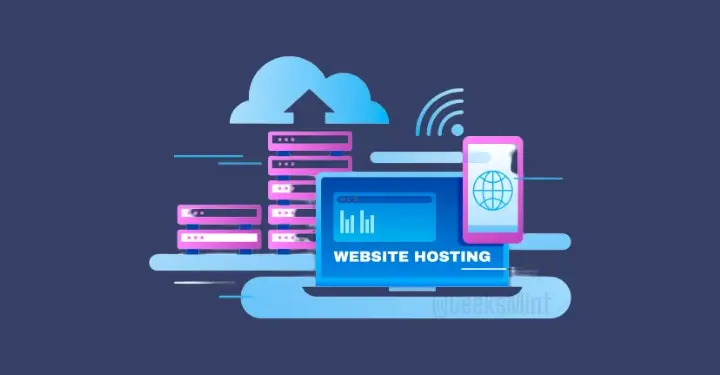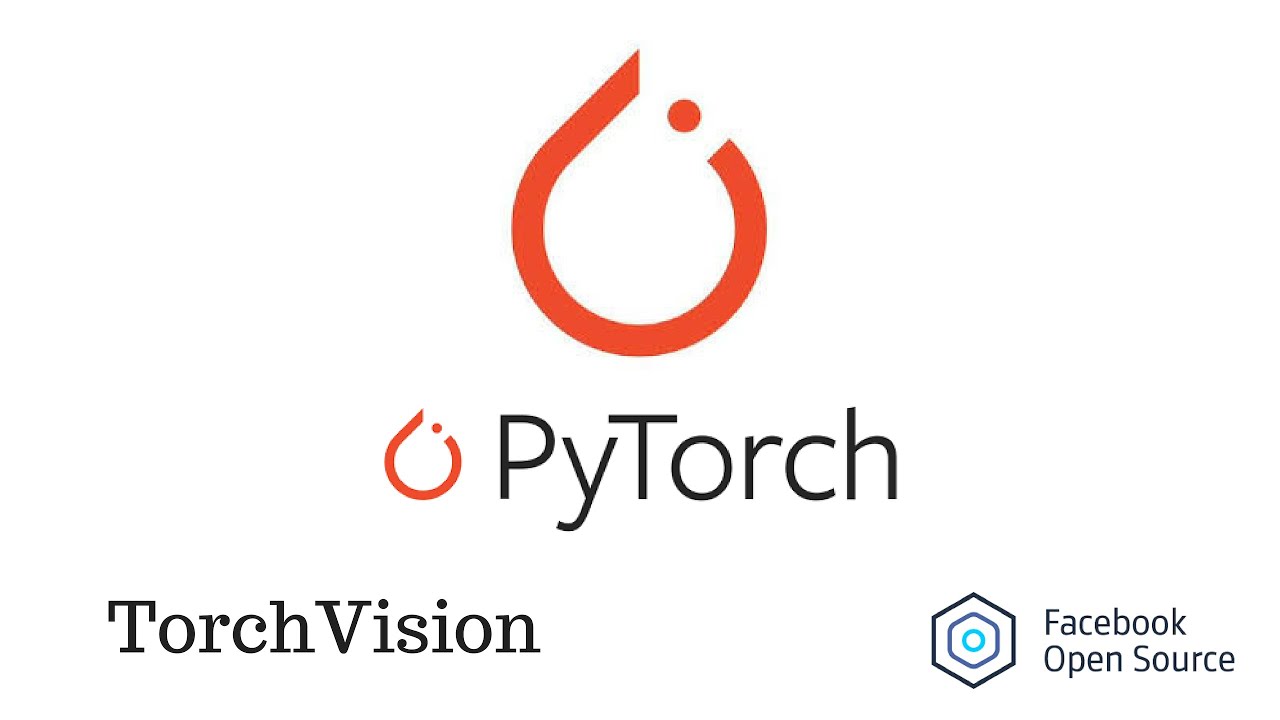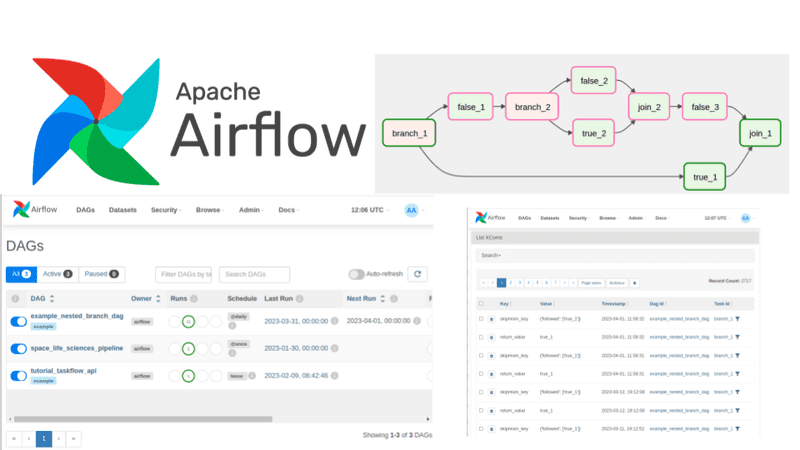Top 5 Cybersecurity Risks CISOs Must Tackle in 2025
As we navigate 2025, Chief Information Security Officers (CISOs) must prepare for the Top 5 Cybersecurity Risks emerging from a rapidly evolving threat landscape driven by technological advancements, geopolitical tensions, and increasingly sophisticated attacker tactics.” The role of CISOs has transformed significantly, shifting from purely technical guardians to strategic business leaders who must balance security […] The post Top 5 Cybersecurity Risks CISOs Must Tackle in 2025 appeared first on Cyber Security News.

As we navigate 2025, Chief Information Security Officers (CISOs) must prepare for the Top 5 Cybersecurity Risks emerging from a rapidly evolving threat landscape driven by technological advancements, geopolitical tensions, and increasingly sophisticated attacker tactics.”
The role of CISOs has transformed significantly, shifting from purely technical guardians to strategic business leaders who must balance security imperatives with organizational objectives.
Over the past year, cyber risks have grown more sophisticated and far-reaching, making it essential for CISOs to stay ahead of attackers.
For CISOs to effectively protect their organizations in this challenging environment, they must identify, understand, and develop strategies for the most critical cybersecurity risks that define the 2025 landscape.
The Evolving Threat Landscape in 2025
The cybersecurity environment 2025 represents a perfect storm of advanced threats and digital transformation challenges.
Cybercriminals have significantly enhanced their capabilities, leveraging generative AI to create more convincing phishing campaigns and develop more sophisticated attack vectors.
Organizations’ attack surfaces have expanded dramatically with the continued adoption of cloud services, remote work arrangements, and IoT deployments. Meanwhile, the traditional security perimeter has all but disappeared.
This evolution has placed unprecedented pressure on CISOs who must now address technical vulnerabilities and strategic business risks.
The interdependency of digital systems has also amplified the potential impact of security breaches, with incidents in one area potentially cascading throughout interconnected business ecosystems.
CISOs must recognize that their role extends beyond technology management, including risk communication, strategic planning, and cross-functional leadership.
- Shadow AI and Unstructured Data Vulnerabilities – The proliferation of unsanctioned AI models across enterprise environments creates significant security risks. Many organizations have shifted their security investment strategies to address this shift from protecting structured data to securing unstructured data, including text, images, and videos that feed large language models.
- Human Error and Social Engineering – Human error continues to be a leading cybersecurity concern, with many attacks initiated through phishing. Organizations must balance technological controls with human-centered security approaches to reduce this risk.
- Ransomware Evolution—Sophisticated ransomware operations continue to target critical infrastructure, healthcare systems, and financial institutions. Advanced tactics now include double extortion, where attackers not only encrypt data but also threaten to release sensitive information.
- Supply Chain Vulnerabilities – As digital ecosystems become more interconnected, attacks targeting third-party vendors have gained prominence. Cybercriminals exploit the trust and access granted to external entities to infiltrate larger organizations, creating complex security challenges beyond traditional organizational boundaries.
- Advanced Cyber-Enabled Fraud – Cyber fraud has evolved to include AI-enhanced phishing, vishing, and deepfake technology designed to deceive even vigilant individuals. These attacks target technical systems and human psychology, requiring multi-layered defense strategies.
Strategic Approaches for CISO Leadership
The evolution of cybersecurity threats in 2025 demands that CISOs adopt more strategic and holistic approaches to security management.
Rather than viewing cybersecurity as merely a technical challenge, effective CISOs must position security as a business enabler that facilitates innovation while managing risk.
This requires developing security frameworks adaptable enough to accommodate technological change while remaining robust enough to withstand sophisticated attacks.
CISOs must collaborate closely with business leaders to ensure security considerations are integrated into strategic planning processes, rather than being treated as an afterthought or compliance checkbox.
Communication has become perhaps the most critical skill in the CISO’s toolkit, as security leaders must translate complex technical risks into business-relevant terms that resonate with board members and C-suite executives.
This involves explaining technical vulnerabilities, articulating potential business impacts, and providing context for security investments.
The most successful CISOs develop metrics and reporting frameworks that connect security performance to business outcomes, demonstrating security’s contribution to organizational objectives beyond threat prevention.
- Cross-Functional Governance – Establishing clear security governance structures that span departmental boundaries helps ensure consistent security practices throughout the organization while creating shared accountability for risk management.
- Resilience-Focused Strategy – Moving beyond prevention to build organizational resilience acknowledges that some incidents are inevitable and focuses resources on minimizing impact through robust detection, response, and recovery capabilities.
By addressing these five critical cybersecurity risks with strategic leadership approaches, CISOs can successfully position themselves and their organizations to navigate the complex threat landscape of 2025.
Find this News Interesting! Follow us on Google News, LinkedIn, & X to Get Instant Updates!
The post Top 5 Cybersecurity Risks CISOs Must Tackle in 2025 appeared first on Cyber Security News.








































































![Apple Drops New Immersive Adventure Episode for Vision Pro: 'Hill Climb' [Video]](https://www.iclarified.com/images/news/97133/97133/97133-640.jpg)

![Most iPhones Sold in the U.S. Will Be Made in India by 2026 [Report]](https://www.iclarified.com/images/news/97130/97130/97130-640.jpg)










![This new Google TV streaming dongle looks just like a Chromecast [Gallery]](https://i0.wp.com/9to5google.com/wp-content/uploads/sites/4/2025/04/thomson-cast-150-google-tv-1.jpg?resize=1200%2C628&quality=82&strip=all&ssl=1)


![Hostinger Horizons lets you effortlessly turn ideas into web apps without coding [10% off]](https://i0.wp.com/9to5mac.com/wp-content/uploads/sites/6/2025/04/IMG_1551.png?resize=1200%2C628&quality=82&strip=all&ssl=1)



























































































_Olekcii_Mach_Alamy.jpg?width=1280&auto=webp&quality=80&disable=upscale#)



















































































































![[The AI Show Episode 144]: ChatGPT’s New Memory, Shopify CEO’s Leaked “AI First” Memo, Google Cloud Next Releases, o3 and o4-mini Coming Soon & Llama 4’s Rocky Launch](https://www.marketingaiinstitute.com/hubfs/ep%20144%20cover.png)







































































































































































![[FREE EBOOKS] AI and Business Rule Engines for Excel Power Users, Machine Learning Hero & Four More Best Selling Titles](https://www.javacodegeeks.com/wp-content/uploads/2012/12/jcg-logo.jpg)
























































































.jpg?width=1920&height=1920&fit=bounds&quality=70&format=jpg&auto=webp#)





